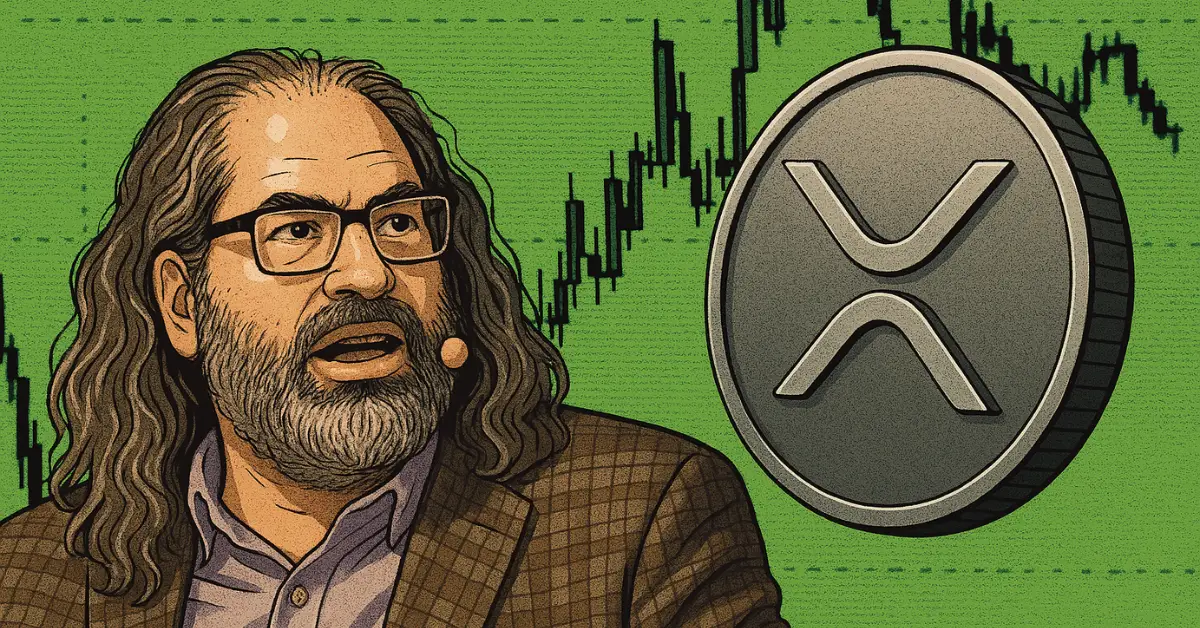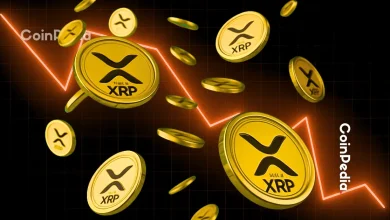
Ripple CTO David Schwartz is testing a new “hub server” to make the XRP Ledger more reliable.
The hub server has been running in a test environment and is nearly ready for production.
XRPL faces security and decentralization challenges, ranking last in Kaiko’s report.
Ripple’s Chief Technology Officer (CTO), David Schwartz, is testing a new “hub server” for the XRP Ledger (XRPL), which he says is almost ready for production.
The upgrade is designed to make XRPL more resilient, reliable, and better connected, an important step as the network faces scrutiny over decentralization and security.
Schwartz’s Hub Server Nears Production
In his latest update, Schwartz revealed that the hub server has been running smoothly in a test environment. He also shared that XRPL processed 11,000 requests per second from 173 peers without any problems.
There was a brief latency spike caused by weaker network links and a minor bandwidth drop flagged by monitoring tools. Schwartz clarified that neither issue was linked to the hub server itself. He also noted that he is working on upgrades to the monitoring system to avoid similar glitches.
It has been some time since Schwartz last managed production servers, but he said he is enjoying the process of refining this critical piece of infrastructure.
Why the Hub Server Matters for XRPL
The hub server is designed to help XRPL nodes stay more reliably connected, which strengthens the network’s overall performance.
Schwartz has previously said that one of the most useful additions for XRPL would be a high-quality hub that maintains reserved connections for validators, other hubs, and application servers.
This approach fits with his broader vision of XRPL as a public and permissionless blockchain, while still offering optional features for regulated use. He sees XRPL eventually gaining more programmability, stronger compliance tools, and deeper institutional liquidity.
- Also Read :
- XRP vs ADA: Which Altcoin Is Better for the Long Term?
- ,
Kaiko Flags Security Concerns for XRPL
Despite these developments, XRPL is facing challenges with its security and decentralization.
XRP Ledger ranked last for security in Kaiko’s latest blockchain report, scoring 41/100. Out of 15 blockchains analyzed, XRPL scored the lowest at 41, behind Polygon (44) and Stellar (45), while Ethereum led with 83.
Key concerns included a hack earlier this year, a relatively small number of validators, and a low Nakamoto coefficient, which measures how many entities would need to collude to compromise the network.
These issues highlight the need for infrastructure improvements, which could make XRPL more reliable and stronger in the long run.
If successful, the upgrade could help position XRPL as a stronger, more reliable blockchain that is better suited for global financial adoption.
Never Miss a Beat in the Crypto World!
Stay ahead with breaking news, expert analysis, and real-time updates on the latest trends in Bitcoin, altcoins, DeFi, NFTs, and more.
FAQs
The new hub server is designed to make the XRP Ledger stronger and more reliable by helping XRPL nodes stay more reliably connected to the network.
XRPL faces challenges including a recent hack, a low Nakamoto coefficient, and a small number of validators, all of which raise concerns about decentralization.
David Schwartz is Ripple’s CTO. He is personally running a new “hub server” in a test environment to improve XRPL’s network reliability and strength.
Trust with CoinPedia:
CoinPedia has been delivering accurate and timely cryptocurrency and blockchain updates since 2017. All content is created by our expert panel of analysts and journalists, following strict Editorial Guidelines based on E-E-A-T (Experience, Expertise, Authoritativeness, Trustworthiness). Every article is fact-checked against reputable sources to ensure accuracy, transparency, and reliability. Our review policy guarantees unbiased evaluations when recommending exchanges, platforms, or tools. We strive to provide timely updates about everything crypto & blockchain, right from startups to industry majors.
Investment Disclaimer:
All opinions and insights shared represent the author's own views on current market conditions. Please do your own research before making investment decisions. Neither the writer nor the publication assumes responsibility for your financial choices.
Sponsored and Advertisements:
Sponsored content and affiliate links may appear on our site. Advertisements are marked clearly, and our editorial content remains entirely independent from our ad partners.








